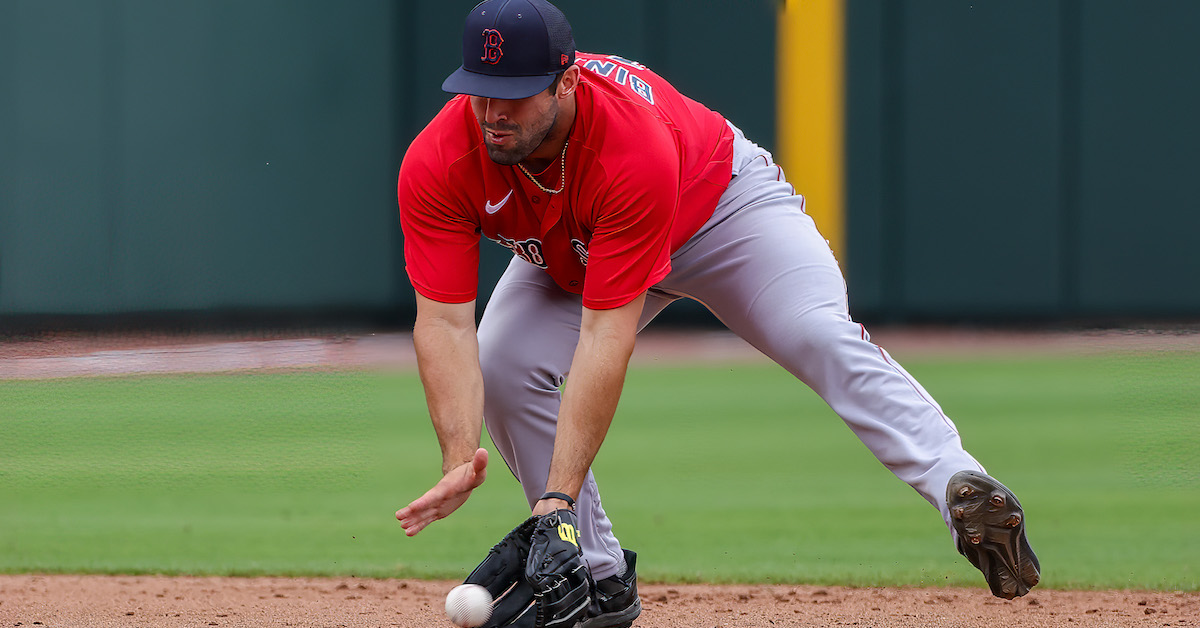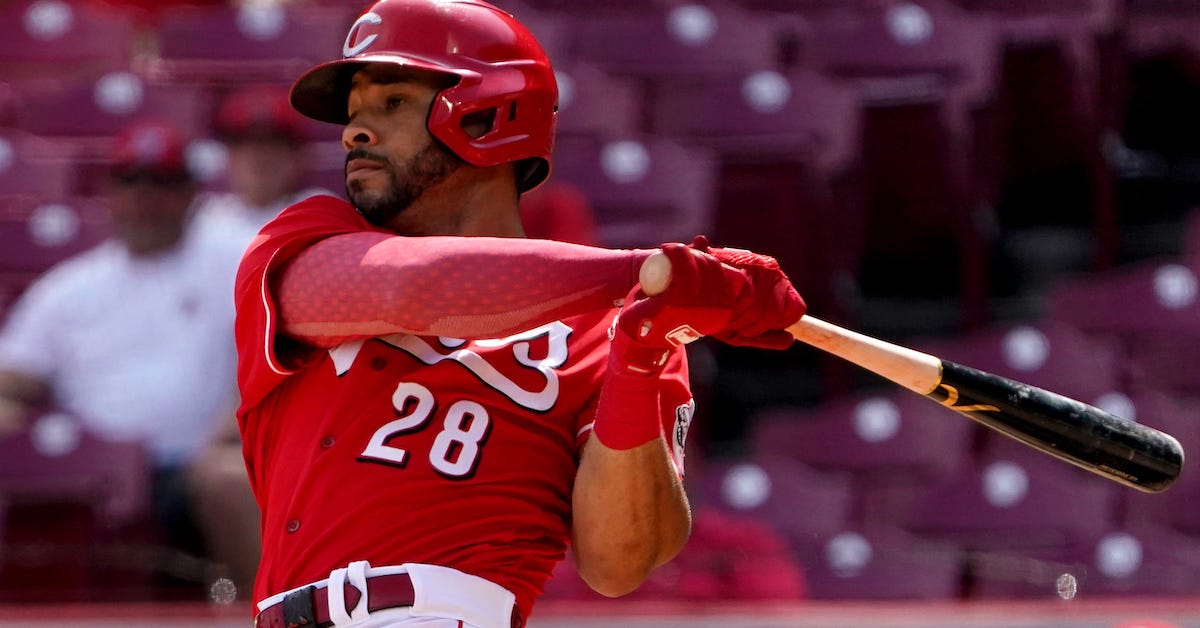2023 Player Development Associate
FORT MYERS, FL, UNITED STATES / BASEBALL OPERATIONS / SEASONAL
Position Overview:
The Player Development Associate will be a member of the Player Development team, and is responsible for assisting with baseball operations at our complex in Fort Myers, FL. This individual will collaborate closely with Player Development front office personnel, coordinators, and coaches.
Responsibilities:
- Assist with day to day logistics for Minor League Spring Training, Extended Spring Training, Florida Complex League, and Instructional League.
- Assist with daily administrative operations.
- Organize and distribute game video in a timely and quality manner.
- Manage video database to make sure it is readily available for staff and players to view.
- Collect non-game video proactively and at the request of staff.
- Operate and maintain various technology such as Blast, Rapsodo, Trackman, and Edgertronic cameras.
- Distribute analytical information to PD staff produced by our Analytics department.
- Assist with various administrative projects as assigned by coaching staff and Front Office.
Characteristics / Qualifications:
- Strong administrative skills
- Organized, proactive, and strong communicative skills
- Proficient in Microsoft Word and Excel
- Willing to relocate to Fort Myers, FL
- Willing to work nights, weekends, and holidays
- Prior softball or baseball experience is preferred
- Prior video experience (BATS, Synergy, Edgertronic) is preferred
- Prior technology experience with one or more of the following: Trackman, Blast, Rapsodo) is preferred
The Red Sox (or FSM) requires proof of being up-to-date on COVID-19 vaccination as a condition of employment, subject to applicable legal requirements. Up-to-date means having received all recommended COVID-19 vaccination doses in the primary series and a booster dose(s) when eligible, per CDC guidelines.
Prospective employees will receive consideration without discrimination based on race, religious creed, color, sex, age, national origin, handicap, disability, military/veteran status, ancestry, sexual orientation, gender identity/expression or protected genetic information.
To Apply:
To apply, please follow this link.
2023 Minor League Video & Technology Associate
MULTIPLE LOCATIONS / BASEBALL OPERATIONS / ASSOCIATE / CO-OP / INTERN
Position Overview:
The Minor League Video & Technology Associate will be a member of the Player Development team, and is responsible for managing video and data collection at their assigned affiliate. This individual will collaborate closely with the coaching staff, coordinators, Player Development, Baseball Systems, and Analytics front office members.
Responsibilities:
- Collect video by setting up multiple cameras and using BATS video software.
- Organize and distribute game video in a timely and quality manner.
- Manage video database to make sure it is readily available for staff and players to view.
- Manage all video equipment and computers making sure it is properly cared for and working effectively.
- Collect non-game video proactively and at the request of staff.
- Operate and maintain various technology used at affiliate such as Blast, Rapsodo, Trackman, Hawkeye, Kinatrax, and Edgertronic cameras.
- Distribute analytical information to coaching staff produced by our Analytics department.
- Assist with various administrative projects as assigned by coaching staff and Front Office.
- Assist in video collection and technology implementation during Spring Training.
Characteristics/Qualifications:
- Strong administrative skills
- Organized, proactive, and strong communicative skills
- Proficient in Microsoft Word and Excel
- Willing to relocate
- Willing to work nights, weekends, and holidays
- Willing to travel with the team
- Prior baseball/softball experience is preferred – College baseball team, summer team, training facility
- Prior video experience (BATS, Synergy, Edgertronic) is preferred
- Prior baseball technology experience (Trackman, Blast, Rapsodo) is preferred
To Apply:
To apply, please follow this link.
2023 Baseball Operations Associate
BOSTON, MA, UNITED STATES / BASEBALL OPERATIONS / ASSOCIATE / CO-OP / INTERN
Position Overview:
The Baseball Operations Associate will support all areas of the Baseball Operations Department, while primarily focusing on one or two areas (Amateur Scouting, International Scouting, Professional Scouting, and Advance Scouting) with day-to-day administrative and office management duties.
Responsibilities:
- Assist with daily administrative tasks for your department.
- Creatively pursue ways to improve internal processes.
- Organize and maintain information from non-office personnel.
- Manage video database including tagging & editing.
- Prepare information and logistics for meetings.
- Assist with various administrative and research projects.
- Operate various technology during home games.
Characteristics / Qualifications:
- Strong administrative skills
- Ability to multitask in stressful situations
- Strategic thinking & planning
- Organized, proactive, and strong communicative skills
- Proficient in Microsoft Word and Excel
- Willing to relocate
- Willing to work nights, weekends, and holidays
- Prior softball or baseball experience is preferred
- Ability to communicate in Spanish is preferred
- Valid Driver’s License
The Red Sox (or FSM) requires proof of being up-to-date on COVID-19 vaccination as a condition of employment, subject to applicable legal requirements. Up-to-date means having received all recommended COVID-19 vaccination doses in the primary series and a booster dose(s) when eligible, per CDC guidelines.
Prospective employees will receive consideration without discrimination based on race, religious creed, color, sex, age, national origin, handicap, disability, military/veteran status, ancestry, sexual orientation, gender identity/expression or protected genetic information.
To Apply:
To apply, please follow this link.
2022-23 Amateur Scouting Development Associate
TAMPA, FL OR JACKSONVILLE, FL / BASEBALL OPERATIONS / SEASONAL
Position Overview:
The Boston Red Sox Amateur Scouting Development Associate is one of the most unique entry-level positions in the industry. It provides the opportunity to hone your skills as an evaluator; directly assisting area scouts and cross checkers with coverage while concurrently supporting the front office staff with video and data collection. In the role, this person will spend most of their time tracking down specific targets, writing reports, and meeting with members of the department to expedite personal and professional growth. The Associate will also get the opportunity to present at draft meetings and gain insight to draft strategy to further development. Cultivating impact evaluators that eventually fit into future openings within the scouting departments of the Boston Red Sox is a priority. These Associate roles hopefully serve as a key step towards achieving that goal.
Responsibilities:
- Assisting local area scouts with coverage
- Writing scouting reports
- Learning to navigate the landscape of internal systems
- Understanding the ancillary job responsibilities of area scouts
- Collecting video
- Building a foundation of understanding baseball technologies
- Developing relationships with the local baseball community
- Assist in on-field player workouts
- Participate in weekly meetings with front office personnel
Characteristics / Qualifications:
- Strong passion for scouting and talent evaluation
- Evident open-mindedness with a high willingness to learn & receive feedback
- Excellent time management skills
- Sound communication skills
- Admirable attention to detail
- Flexible hours including nights & weekends
- Willingness to relocate
To Apply:
To apply, please follow this link.
The content in this posting was created and provided solely by the Boston Red Sox.







